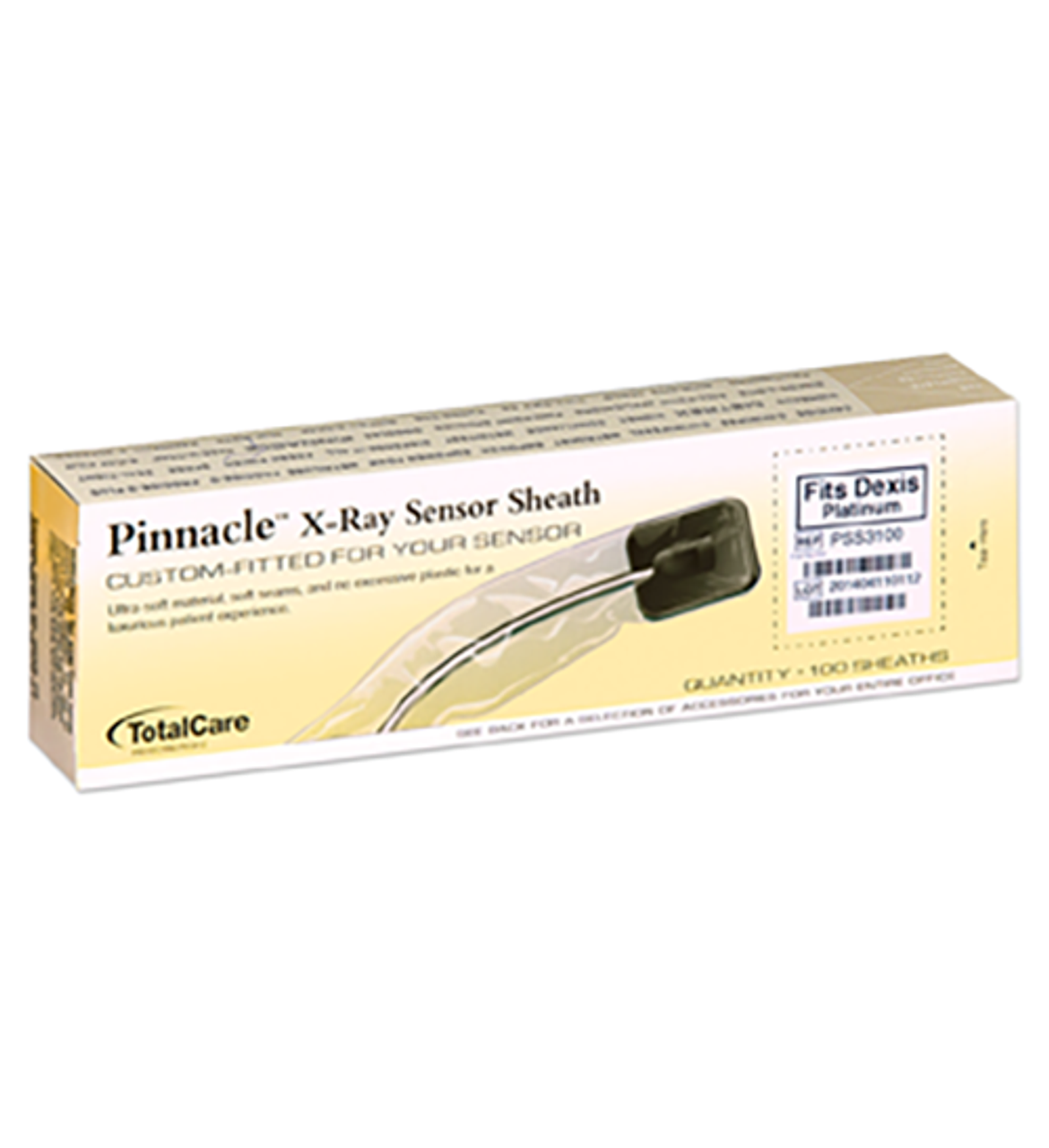

Newer fiber optic plates are more effective at light transmission, which results in better image quality. The scintillator is the component of the sensor that converts radiation energy to light energy that the sensor can “read.” In many new generation sensors, scintillators are made of cesium iodide, which is more effective at converting radiation into light energy.įiber optic plates transmit light energy from the scintillator to the sensor. Innovations in sensor hardware and manufacturing have also led to improved resolution ( Figure 5). The Schick CDR sensor has a theoretical resolution of 12.5 LP/mm, whereas the Schick 33 sensor has a resolution of 33 LP/mm, helping account for the perceived improvement in image quality.

A line pair is defined as one black and one white line ( Figure 5).Īs the number of line pairs increases, it becomes harder to distinguish individual lines, until at some point one line pair is indistinguishable from the one next to it. One objective measure of resolution is the number of line pairs that can be seen per millimeter. Image resolution, which has improved dramatically in recent years, is perhaps the most cited technical factor for improved image clarity. Technical innovations, including increased resolution, improved sensor hardware, better connectivity, and more, have helped the new generation of sensors provide superior image quality ( Figure 4). This clarity could help practitioners more easily identify caries or other hard tissue defects. Most practitioners would agree that the image in Figure 3 appears sharpest and displays the clearest definition around edges, including pulp space, the dentinoenamel junction, and the margins around the restorations. The radiographic images presented here were taken on the same patient, in 2008 with a Schick CDR® (Sirona, sensor ( Figure 1), in 2012 with a Schick Elite (Sirona) sensor ( Figure 2), and in 2013 with a Schick 33 (Sirona) sensor ( Figure 3). Be sure that both images are magnified to about the same size.

To evaluate image quality, place an image taken with your existing sensor next to an image taken with a new sensor. An image that looks great to one provider may need contrast, sharpness, or other enhancements to appear as good to another provider. “Image quality” is a subjective term, however. What has changed in digital radiography and how do you decide when it is time to upgrade?ĭentists cite image quality as the most important factor in choosing a digital sensor. The more than 50% of offices that are using digital radiography are certainly on the right track, but is just having a system enough? Few of us are using the same cell phones, computers, TVs, and other devices that we used in 2000. Practice management experts consider digital radiography “mission critical,” meaning that practices that do not have this capability will not be able to compete in our rapidly evolving technological world. Twenty-five years after the introduction of the first digital radiography system, a majority of dentists are now using digital sensors. State-of-the-art technology provides better imaging and handlingĪndrew Koenigsberg, DDS | Mason Kostinsky


 0 kommentar(er)
0 kommentar(er)
